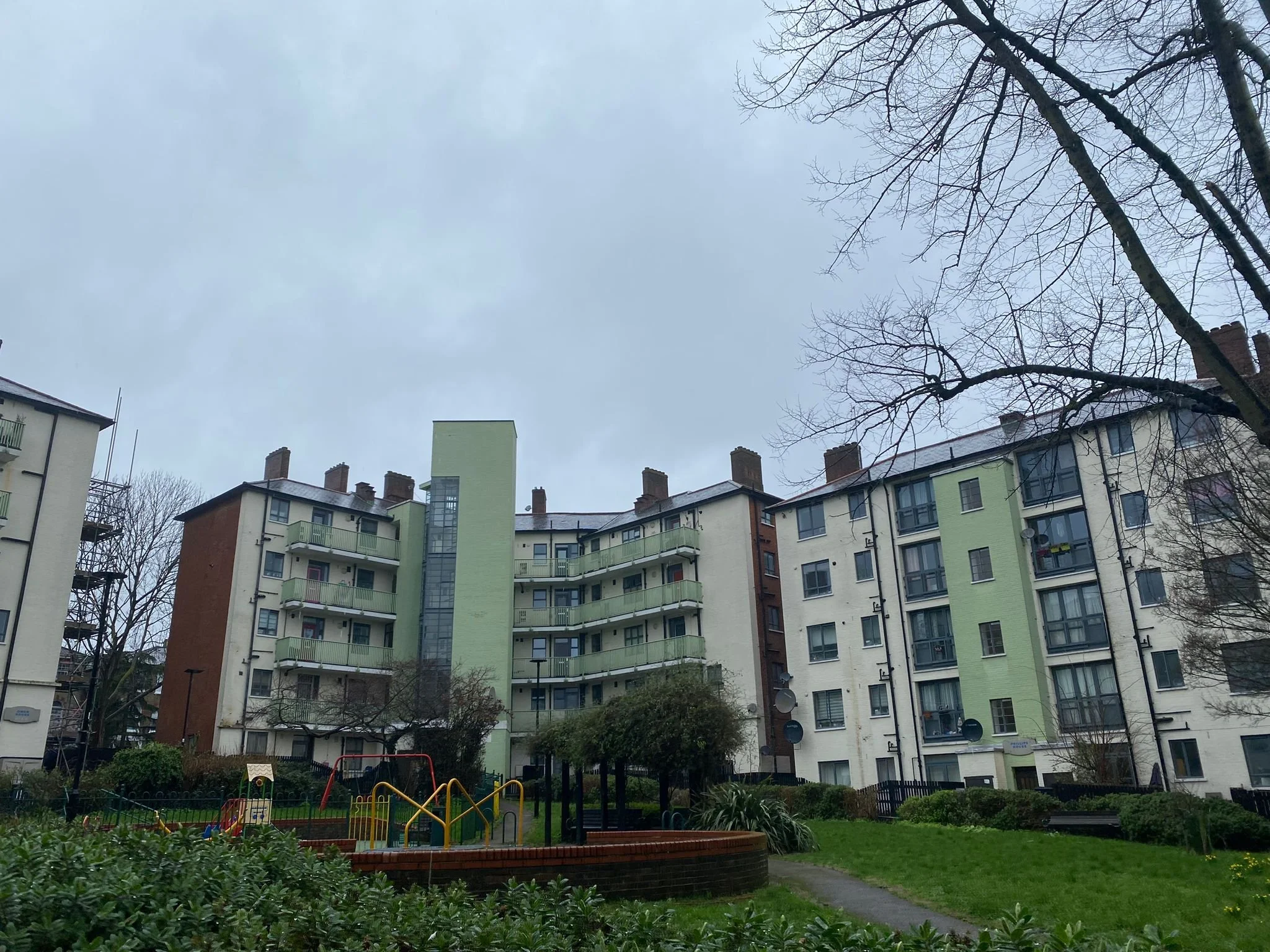Nature Neighbourhoods will realise the ambition established by the People’s Plan for Nature at a neighbourhood level. The overall project vision is to activate communities to take action for climate and nature in their local area. Through Nature Neighbourhoods communities will have increased confidence and capacity to identify changes they want to make and those they want others to take, to reduce pressure on nature and climate as well as mitigate the impact of climate change and restore nature at a local level.
81% of UK adults believe nature is under threat and that more needs to be done urgently to protect and restore it.
48% are willing to act themselves to reverse the damage, but 42% don’t feel empowered to do so. (YouGov poll of 8580 adults in September 2022).
We are currently failing. We need to breathe, eat and drink with nature… and live better in the future. To do this, we need nature to have a voice at the centre of decision-making…while nature needs to have a seat at the decision-making table, the interests and livelihoods of people also need to be protected. Only then will (our) People’s Plan for Nature be accepted by everyone.
Nature is valued and respected by all.
There is a balance between human and non-human needs, and we are taking individual and collective responsibility to enhance, sustain and enable nature to flourish.
Evidence-based nature renewal is central to lifelong education and involves real life experiences.
Based on local economic and nature deprivation data, the Tufnell Park area has been selected as Islington’s ‘Nature Neighbourhood’. As part of the project, we are developing three local nature anchors in the area; Hilldrop Community Centre, Octopus Community Plant Nursery and Whittington Park Community Centre.
Find out about and get involved in upcoming events at all three anchors here:
Development of the Nature Neighbourhoods project is within the context of:
Creation of Liveable Neighbourhoods in Islington
Islington's Biodiversity Action Plan
Islington Council's 2030 Net Zero Action Plan
Islington is the 3rd smallest, and most built up of all London boroughs covering 14.86km squared.
It is the most densely populated local authority in England and Wales with 15,517 people per square km.
249 hectares of land is defined as being deficient in access to nature.
57.3 hectares of land is on housing estates.
17% of Islington is deficient in access to nature.
In total there are 64 Sites of Importance for Nature Conservation (SINC) in Islington, many areas are parks, but also include cemeteries, churchyards, school grounds, and housing estates.
Community Conversations





















